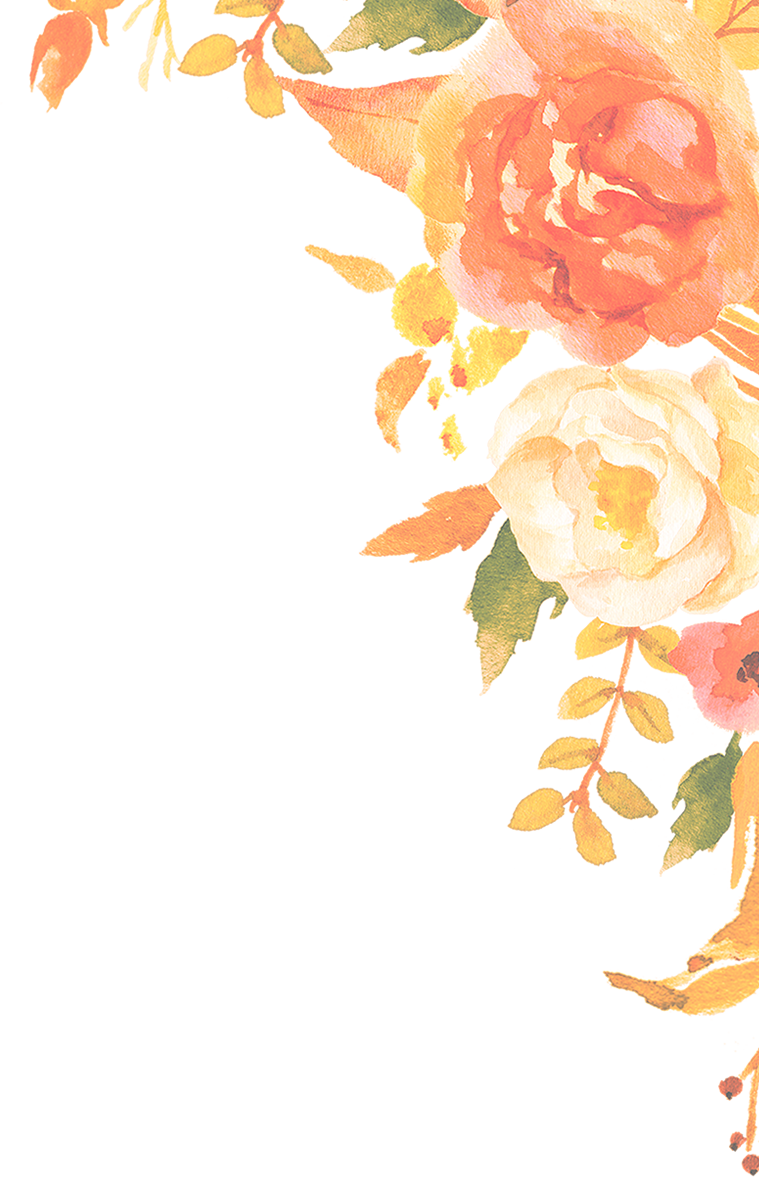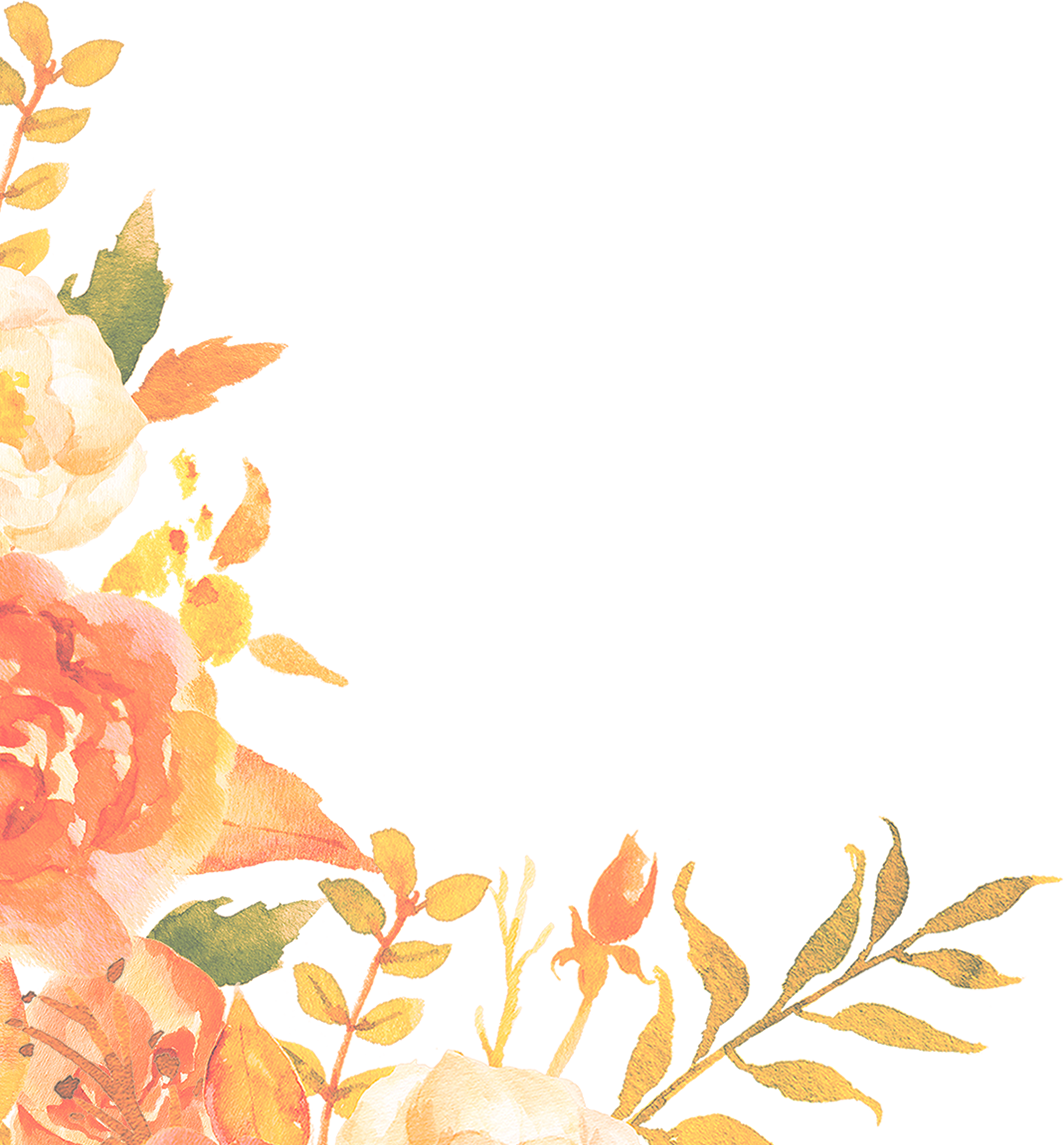



Excellent strategies for coping mechanisms to heal deal with anxiety and stress and be a better person. It really helped that Natalie had personally experienced different things, so you were not just ‘lectured’.
-PAST CLIENT
Let us stay with the theme of goals for a little longer. Previously, we considered how important it is that our goals are intrinsic and authentic – that they need to be freely chosen, reflect who we are and who we want to become, and suit our personality, interests and strengths.
Another important point we need to remember is that as we change over time, so will our goals. Sonja Lyubomirsky stresses that goals need to be flexible as well as appropriate. She writes that when we are young, our goals often involve gaining knowledge or experiences, whilst age tends to make us more interested in emotionally meaningful moments. Another aspect is that we often have more than one goal. It is therefore necessary to consider whether our goals conflict with each other, whether this can be accommodated, or if we should forego one in favour of another.1 For example, as I am writing this blog, the goal of which is that you can read it, I need to balance this with my goal of having time for my family and friends. And even though I would love to take up gymnastics and trampolining, they are both unrealistic at my age. So I have to be content with Pilates.
Perhaps the most crucial aspect of a goal is that in order to increase our wellbeing, it needs to involve an activity rather than seek a circumstantial outcome. Remember human adaptation, and how quickly we get used to new, better circumstances, even if they were much longed-for. Sheldon and Lyubomirsky found that hedonic adaptation will occur much quicker for new circumstances than for new activities. There are three reasons for this: 1. Intentional, sustained activity leads us to have various new experiences; 2. These new experiences potentially open up a broader range of possibilities and opportunities, which can lead to sustained good feelings; and 3. We can vary the frequency and manner in which we engage in activities (unlike the circumstances we find ourselves in, which are more constant and static). Thus intentional activity can counteract our tendency to get used to the way things are.2
Furthermore, Brunstein found that wellbeing is enhanced in the process of goal pursuit as much as in goal achievement. The benefits are not only gained once we attain our goal but also arise from participating in the challenging and valued experiences that are part of the journey toward our goal.3
The importance of goals also directly relates to hope. Feldman and Dreher conducted a study to test whether hope can be increased in individuals in a single 90 minute session. They asked college students to nominate a personally relevant goal they wanted to accomplish in the next 6 months, taught them some hope theory, helped them to map the goal, and then lead them in a hope visualisation exercise. In comparison to the control group, which practiced relaxation, the hope exercise participants displayed significantly more hope to achieve their nominated goals. They also had an increased sense of vocational calling and life purpose, although these benefits were no longer traceable after one month. Further, the hope exercise participants had made far more progress toward their goals one month after the session.4
Danish mother of two, Annette Fredskov, was diagnosed with multiple sclerosis in 2009. She responded to the diagnosis in a way many of us would: she read up on the sickness. For the first six months, she informed herself until she thought of little else than her sickness, all the while noticing more and more symptoms. One day she realised it was only a matter of time before she would be wheelchair bound. Since she had always been a passionate jogger, she decided to train for one more marathon while she still could. She achieved her goal by running the Frankfurt marathon in 2010. But after the event she was far from willing to give up running. Instead, she kept going, and completed over 40 marathons in six months. One night she decided to give up work for a year and run a marathon every single day. Hail or shine, for one whole year she completed the same distance around her home town, getting supplies in her garage, not allowing herself to be weak even when she was, returning home in the afternoon as if from a job. Annette achieved her goal, is now free of symptoms, and her MS has not progressed for three years. She stated that her goal was to not feel like a victim and to see what was possible.5
Of course not everyone can stop the progression of MS, and it is only human to feel victimised when diagnosed with a severe illness. We all look upon hardship and wonder why it chose to befall us in particular. However, what Annette’s story shows is how a goal can grant us hope. One of the characteristics of depression is hopelessness, and there is plenty in current world affairs to zap our hope. Exactly in such times it is important to have personally meaningful, well chosen goals, which support us in going on and keeping faith in our journeys.
Today I encourage you to remember your goals. If you don’t have any, select at least one goal that you know you could achieve. Make sure this goal fits your needs, talents, and interests; consider if you can do reasonably well at the activities it involves; pursue it for your own personal reasons; vary the way you practice the tasks it involves; time it so you have a chance at succeeding, and know what it means to you.6 To help you along maybe follow Tal Ben-Shahar’s philosophy teacher’s advice: First think of the things you can do. From those, select the things you want to do. Then out of these, consider the things you really want to do. And lastly, nail it down to the things you really, really want to do in your lifetime, and then pursue them.7
Remember that most of us have short-term as well as long-term goals. Bigger goals need to be broken down into sub-goals. Once you have a goal, find out what you need to organise, research, or gather to meet your first sub-goal. Then come up with a time-plan, a way to remind yourself, and a reward for yourself upon achieving a sub-goal.
© Natalie Lydia Barker 2015
Notes
No Comments